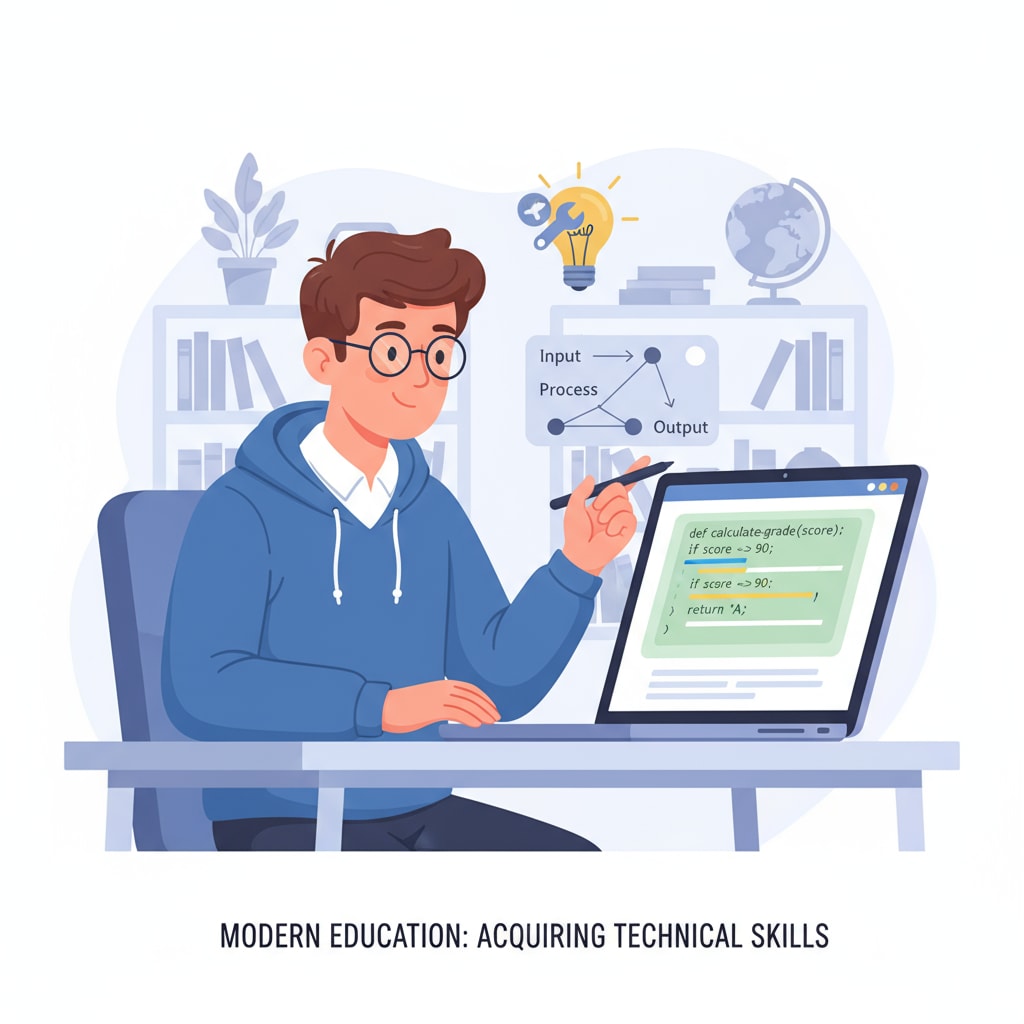In the highly competitive realm of K12 scholarship applications, the age-old debate of GPA, scholarships, technical skills, and priorities continues to perplex students and parents alike. As students strive to secure financial aid for their education, understanding the relative importance of academic performance and practical abilities is crucial. Let’s take a closer look at how these elements interact and how students can strategically position themselves for success.

The Significance of GPA in Scholarship Applications
GPA, or Grade Point Average, is often seen as a primary indicator of a student’s academic prowess. It reflects a student’s consistency in coursework, dedication to learning, and ability to master various subjects. Scholarships committees frequently use GPA as a screening tool, setting minimum requirements to narrow down the applicant pool. For example, many prestigious scholarships may require a GPA of 3.5 or above. High GPAs demonstrate a student’s commitment to academic excellence, which is highly valued in the educational community. According to College Board, students with higher GPAs are more likely to be considered for a wider range of scholarships.
The Rise of Technical Skills in the Modern Education Landscape
In today’s rapidly evolving technological world, technical skills have become increasingly important. From coding and digital literacy to data analysis and robotics, these skills are not only relevant in the professional sphere but also highly regarded by scholarship providers. Technical skills showcase a student’s adaptability, problem-solving abilities, and creativity. For instance, students who participate in coding competitions or build their own apps demonstrate a hands-on approach to learning. As per International Society for Technology in Education (ISTE), integrating technology into education is essential for preparing students for the future. This shift in focus means that students with strong technical skills have an edge in the scholarship application process.

So, how can students strike the right balance between GPA and technical skills? The key lies in adopting a holistic approach to education. Instead of sacrificing one for the other, students should aim to excel in both areas. This can be achieved through a combination of strategic planning, extracurricular activities, and continuous learning. For example, students can join academic clubs that focus on both theoretical knowledge and practical application. Additionally, taking online courses during the summer or after school can help students develop their technical skills without neglecting their GPA.
Readability guidance: By breaking down the complex topic into manageable sections and using clear headings, we make it easier for readers to understand the key points. The use of examples and external references adds credibility to the arguments. Transition words like “however,” “therefore,” and “for example” help create a smooth flow of ideas. Each H2 section presents a distinct aspect of the topic, and the paragraphs within are concise and to the point.


